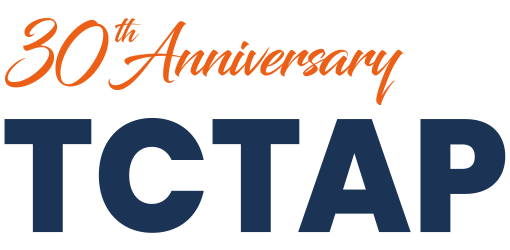Lots of interesting abstracts and cases were submitted for TCTAP 2025. Below are the accepted ones after a thorough review by our official reviewers. Don’t miss the opportunity to expand your knowledge and interact with authors as well as virtual participants by sharing your opinion in the comment section!
TCTAP A-066
Long-Term Clinical Outcomes and Durability of Early-Generation Transcatheter Heart Valves in High-Risk Elderly Patients
By Huan Chiu Lin, Yung-Tsai Lee, Tien-Ping Tsao, Wei Hsian Yin
Presenter
Huan Chiu Lin
Authors
Huan Chiu Lin1, Yung-Tsai Lee1, Tien-Ping Tsao1, Wei Hsian Yin1
Affiliation
Cheng Hsin General Hospital, Taiwan1
View Study Report
TCTAP A-066
Complex TAVR
Long-Term Clinical Outcomes and Durability of Early-Generation Transcatheter Heart Valves in High-Risk Elderly Patients
Huan Chiu Lin1, Yung-Tsai Lee1, Tien-Ping Tsao1, Wei Hsian Yin1
Cheng Hsin General Hospital, Taiwan1
Background
Thelong-term durability of transcatheter heart valves (THVs) is crucial for thelifelong management of patients with valvular aortic stenosis and provides animportant reference for developing new valves. This study aimed to report thelong-term clinical outcomes of three early-generation THVs.
Methods
Atotal of 235 patients who underwent transcatheter aortic valve replacement(TAVR) were included. The THVs analyzed were the self-expanding CoreValve(Medtronic Inc.) bioprosthesis (n = 111), the mechanically expandable Lotus(Boston Scientific Inc.) bioprosthesis (n = 16), and the balloon-expandableSapien XT (Edwards Lifesciences Inc.) bioprosthesis (n = 108). Major adversecardiac and cerebral events (MACCE) were defined as all-cause mortality,stroke, or myocardial infarction. Bioprosthetic valve dysfunction, includingstructural valve deterioration (SVD) and bioprosthetic valve failure (BVF), wasclassified according to Valve Academic Research Consortium-3 criteria.
Results
Baselinecharacteristics were comparable among the CoreValve, Lotus, and Sapien XTgroups: age (80.17±7.72 years, 77.13±8.69 years, and 77.93±8.62 years,respectively; p = 0.087), male gender distribution (CoreValve: 50.4%, Lotus:6.1%, and Sapien XT: 43.5%; p = 0.618), and Society of Thoracic Surgeons scores(10.73±9.37, 7.24±4.84, and 10.9±9.37, respectively; p = 0.319). After a medianfollow-up of 4.64 years, the risk of MACCE was 63.1% for CoreValve, 50.0% forLotus, and 61.1% for Sapien XT (p = 0.604). The cumulative incidences of valvethrombosis and endocarditis were low and similar among all three bioprostheses.Severe SVD was observed in 9.9% of CoreValve, 6.0% of Lotus, and 6.5% of SapienXT cases (p = 0.56). However, BVF requiring reintervention was noted in 0.9%(1/111) for CoreValve, 12.5% (2/16) for Lotus, and 1.9% (2/108) for Sapien XT(p = 0.011).
Conclusion
Early-generationTHVs show comparable long-term clinical outcomes in elderly high-risk patients;however, intra-annular valve designs with a higher amount of metal structuremay adversely affect valve durability.


